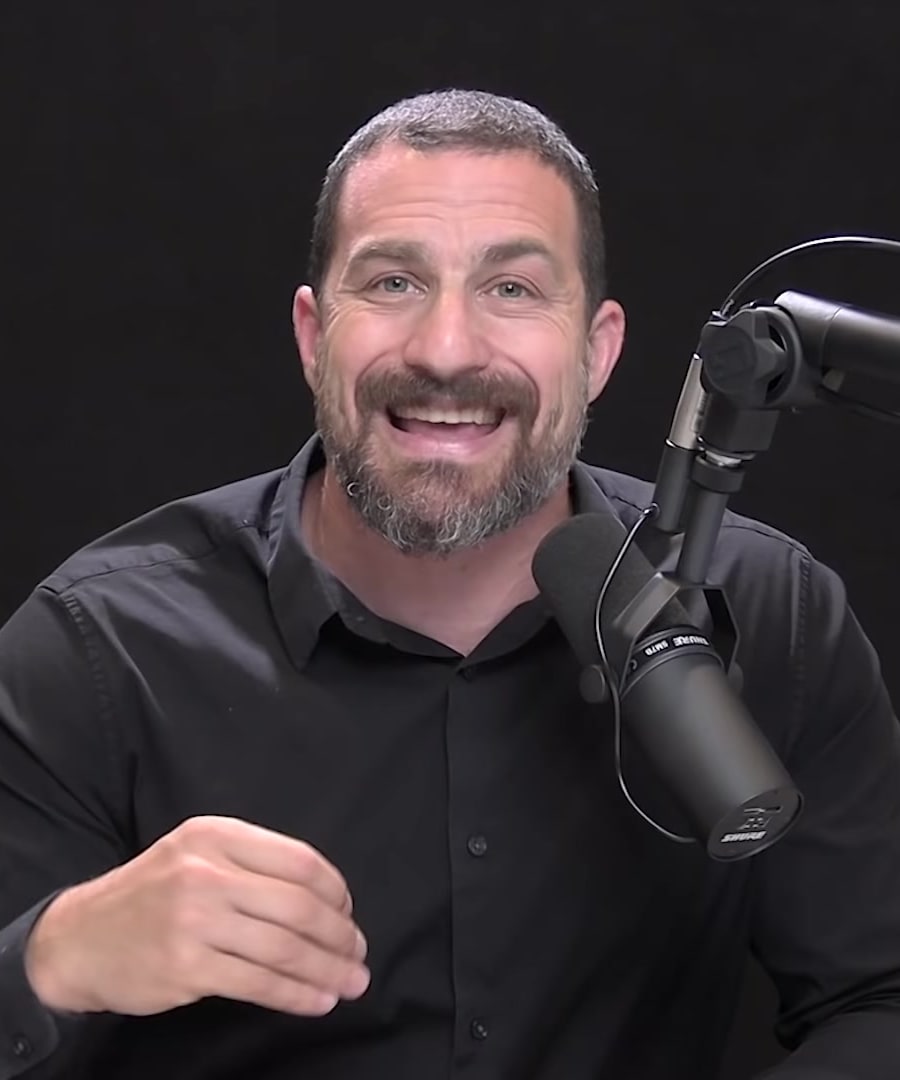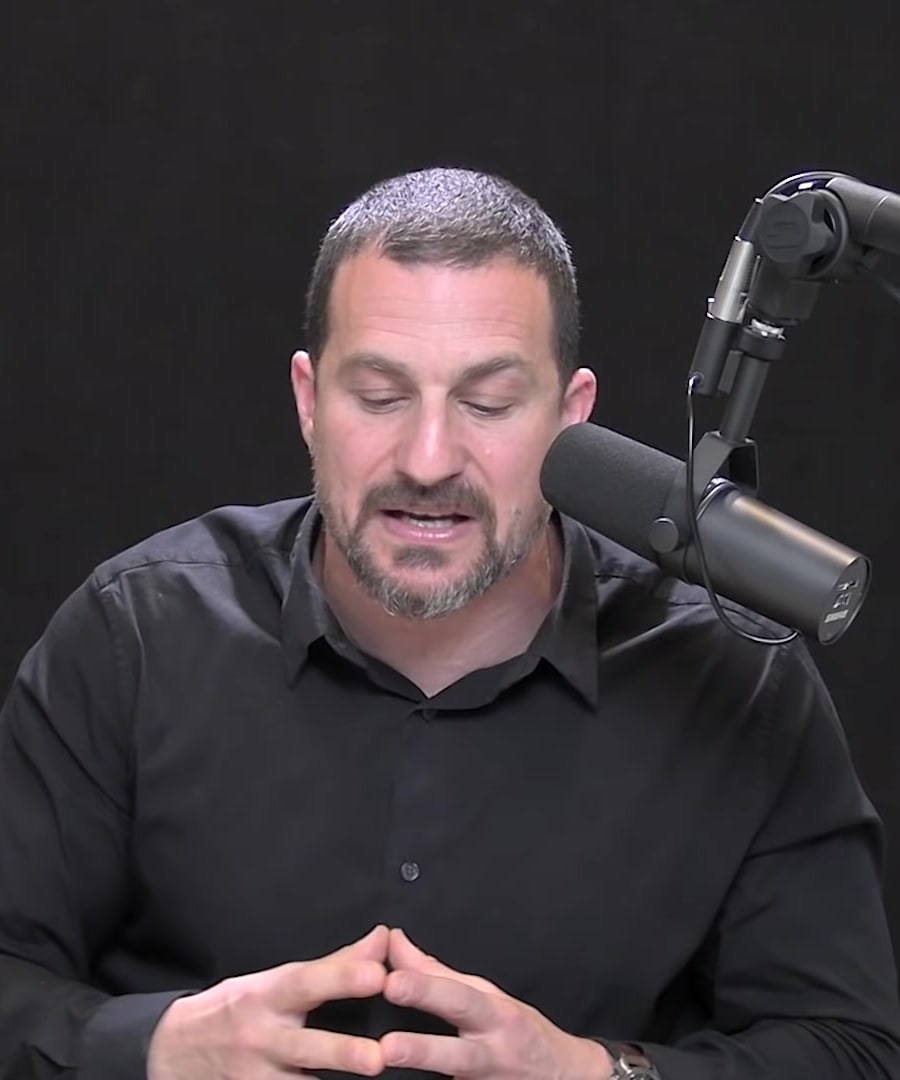How to balance pleasure and pain?
Sources:
Balancing pleasure and pain involves understanding their interdependent relationship in the brain. According to Dr. Anna Lembke and , pleasure and pain are processed in the same brain regions and operate like a balance or seesaw.
When we experience pleasure, the brain tips towards pleasure but quickly works to restore balance, often resulting in an equal and opposite sensation of pain. This is a fundamental rule governing these sensations, aimed at maintaining homeostasis. For example, engaging in pleasurable activities like watching videos can lead to a desire for more as the brain reacts to offset the pleasure with pain, pushing you towards continued engagement 1.
This mechanism is particularly pronounced in cases of addiction or high dopamine activities, where the pursuit of pleasure leads to increasingly diminishing returns and a heightened experience of pain or lack thereof when the activity ceases 2.
To manage this balance effectively:
- Recognize and anticipate the reactive nature of the brain's pleasure-pain mechanism. Becoming aware of this balance can help moderate behaviors and prevent overindulgence.
- Engage in activities that provide a stable and sustainable level of pleasure without significant spikes in dopamine that could lead to sharper pain responses or cravings 3.
- Incorporate routines and habits that promote wellbeing and prevent extreme swings in this balance. This might include balanced diets, regular exercise, and sufficient sleep, which help stabilize mood and reduce the intensity of the pleasure-pain swings 4.
RELATED QUESTIONS



